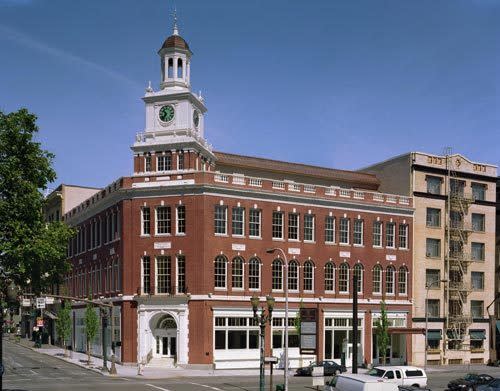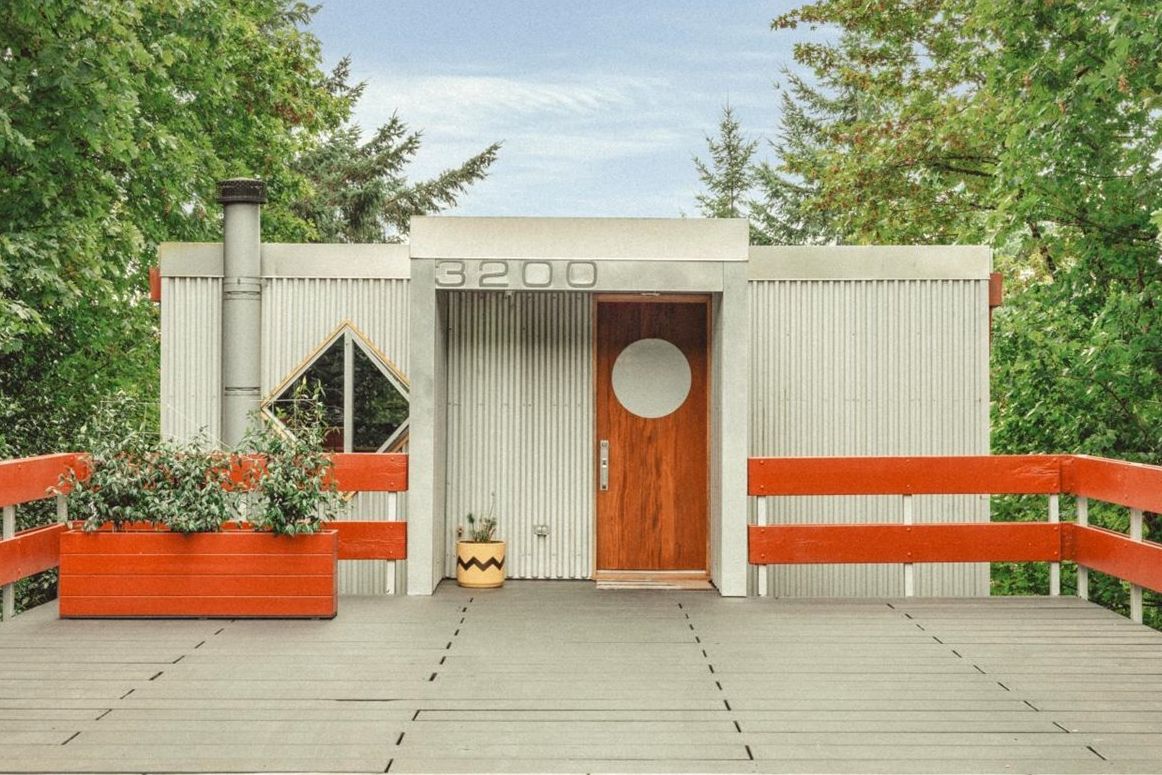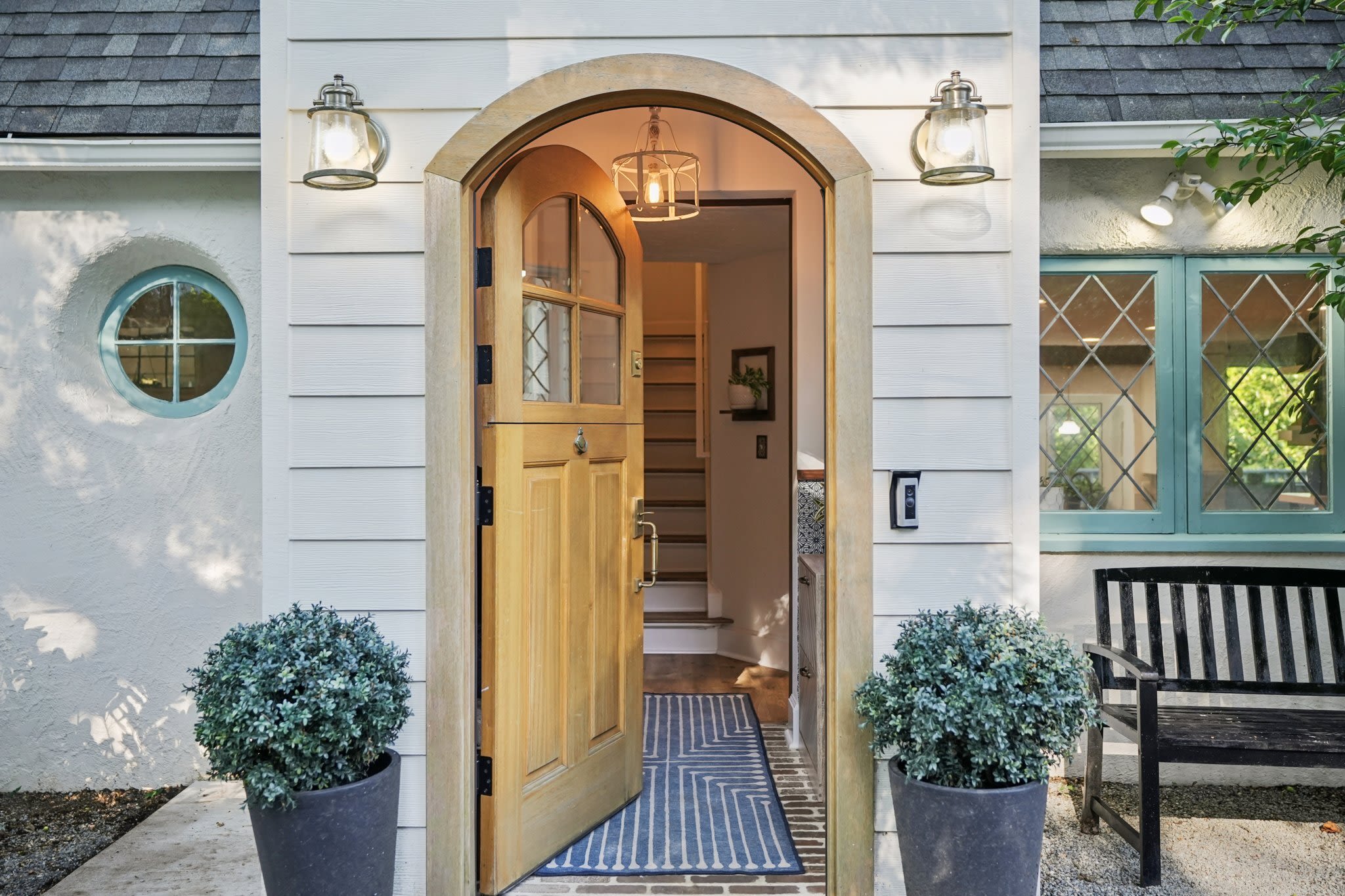Movie: The Greenest Building

Preservation of old buildings always has a long history: the Portland Telegram Building, built in 1922, was put on the National Register of Historic Places in the early 1990s, then preserved and renovated by the Nathan Family, with help from the late Art DeMuro, and creative financing from the Portland Development Commission.
May is National Historic Preservation Month, and a fitting time to consider the state of our building stock and "historical capital" in the relatively young city of Portland and state of Oregon. There are many ways to evaluate and/or appreciate our old buildings. You could take the Historic Irvington Homes Tour Saturday, May 19, 2013. You could also attend the free screening of The Greenest Building, an award-winning, thought provoking 2011 documentary by local filmmaker Jane Turville.
The hour-long film screens Wednesday, May 22, 2013. In it, Turville interviews industry experts and looks at example building projects (many in Portland). She tackles some of the hardest questions related to historic preservation and the environmental impact of what, how and where we build.
The Greenest Building addresses the intersection of historic preservation and environmentalism – and it's not a simple T-intersection. New building techniques tout "green" cred, with LEED, Passive House, Enrgy Star and other certification systems being developed and marketed for their energy efficiency and almost moral benefits. The Greenest Building, however, considers the structures that are already built among us, and that we have to deal with one way or another. Do we keep old buildings? Maintain them? Preserve them? Or destroy them?
Turville's film interviews experts who get us to think about a wide range of topics related to preservation and green building.
- Jean Carroon of Goody/Clancy Architects discusses the environmental impact of demolishing an existing building. Why, she wonders, don’t we apply the mantra of “reduce, reuse, recycle” to buildings right from the start? We seem to forget that “buildings are huge handmade objects – they are a composite of millions and millions and millions of things, and every thing – each piece of our world that is a manufactured piece, or a moved piece, or a cut piece of stone – has tremendous environmental repercussions along the way.”
- Preservationist/economist Donovan Rypkema discusses "sense of place" – a phrase we've been thinking about since the middle of the 20th century, at least, but which has never been examined in a scholarly way until the past 20 years or so. "Sense of place" is a "non-quantifiable feeling" but he suggests we ask, "a) what is it? b) is it important, and c) how does it affect us?"
- Ralph DiNola, a green building consultant based in Portland, considers the tricky question of how we decide what to save, since most of our existing buildings are relatively new, built in a "time of cheap energy" (i.e., huge energy-losing "curtain walls") but "not built to last." He asks, "Which buildings should we save? Which should go?"
Film Night at the Architectural Heritage Center:
The Greenest Building
Wednesday, May 22, 2013
6 pm – 7 pm (Doors open at 5:45 pm; first come, first serve)
Free Admission
701 SE Grand Avenue
Portland, OR 97214
503-231-7264




